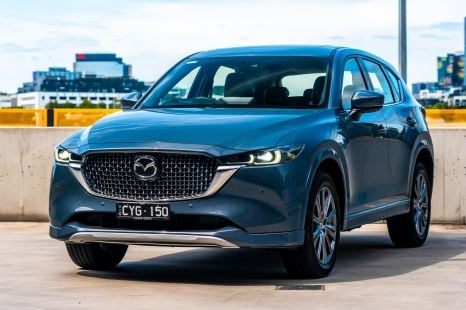

Max Davies
1 Month Ago

Marketplace Editor
Hyundai has revealed the facelifted Tucson N Line, which has been confirmed for the updated Australian range in 2024.
As with the outgoing model, the 2024 Hyundai Tucson N Line features a range of sport-themed enhancements both inside and out for a more athletic and aggressive look. It’ll also be available with a hybrid powertrain, at least in Korea.
Highlights include specific front grille and bumper treatments, a more aggressive rear spoiler, a twin-tipped exhaust outlet, and 19-inch alloy wheels. Body-coloured cladding also features.
Inside, there’s a leather-suede combination upholstery with red contrast stitching, and a chunkier steering wheel with perforated 3 and 9 o’ clock sections and N Line badging.
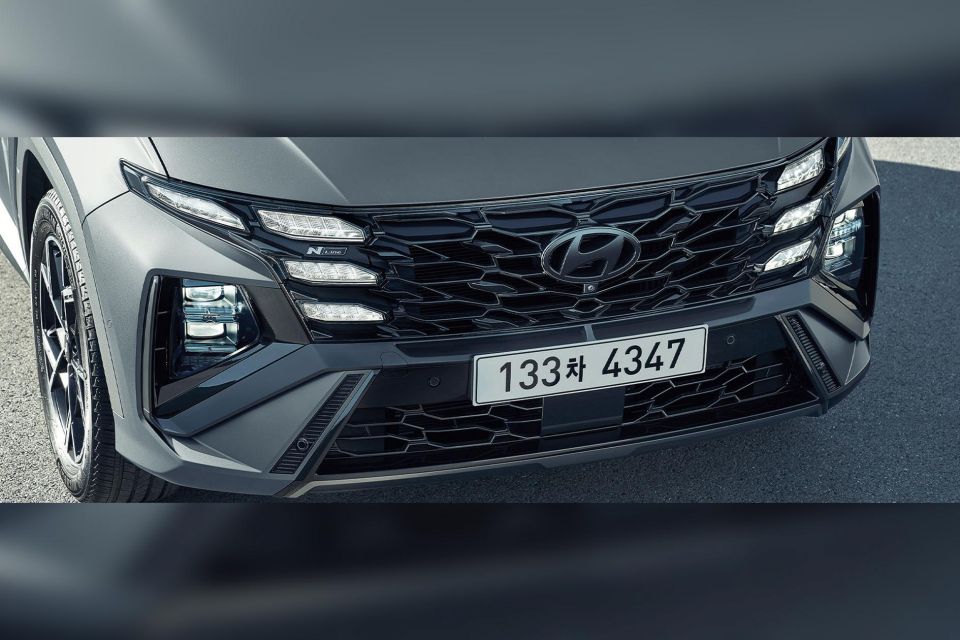
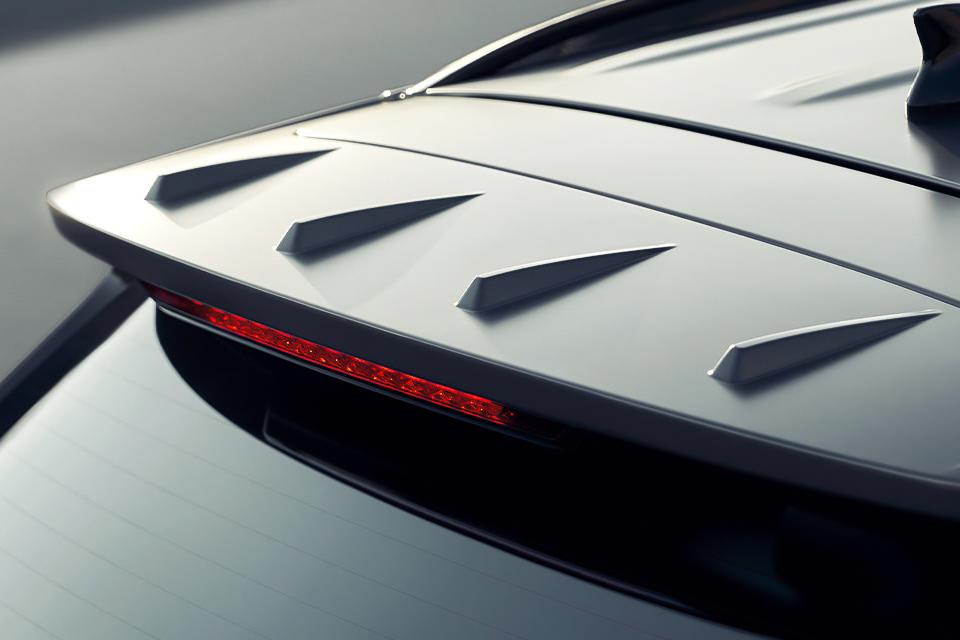
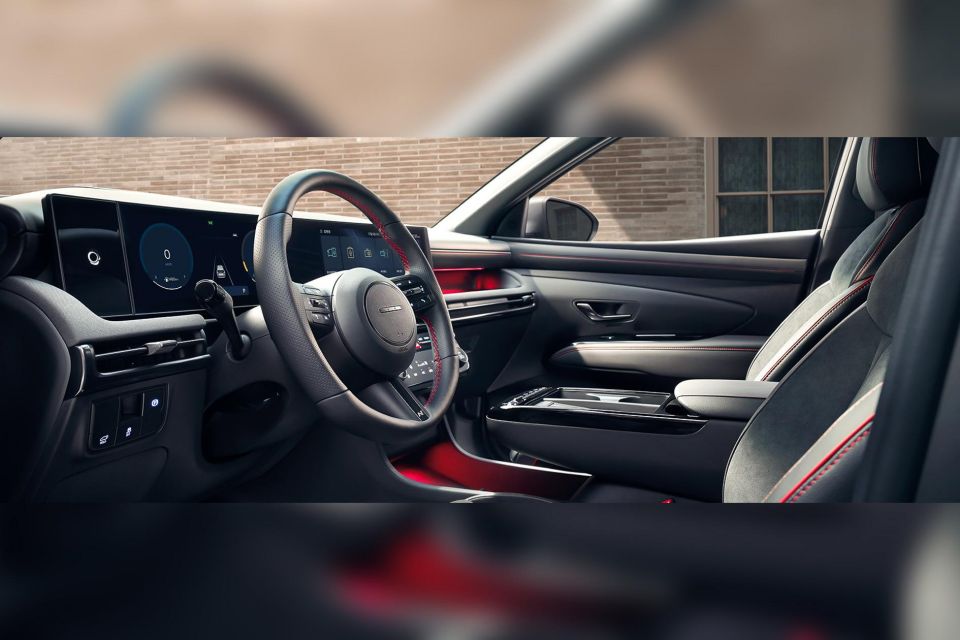
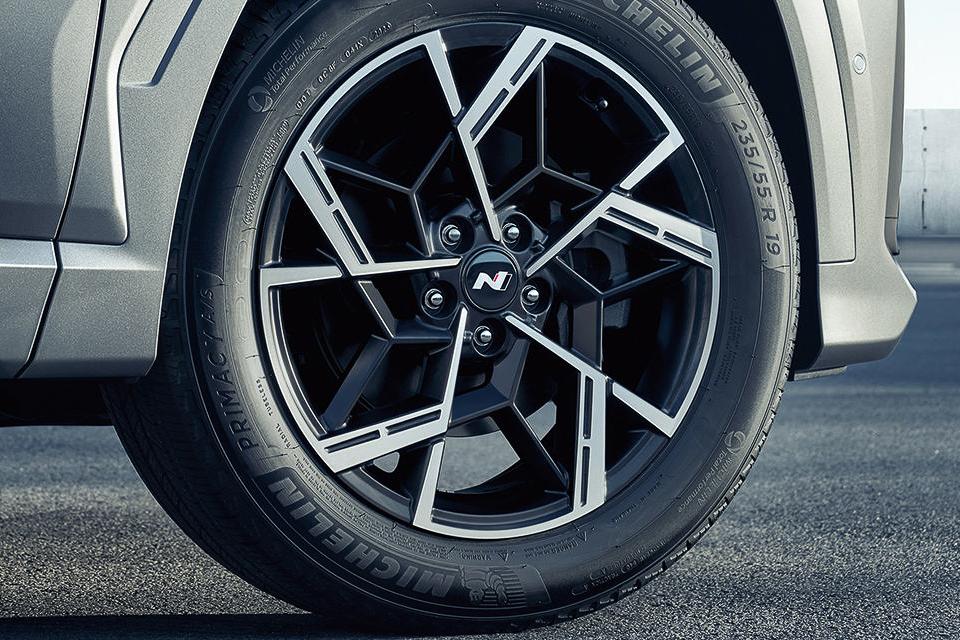
Otherwise it basically carries over the bits from the updated Tucson, including a heavily revised interior with the Hyundai Group’s new Connected Car Navigation Cockpit (ccNC) which combines the digital instrument cluster and infotainment touchscreen into one big module.
The Korean specifications detail a larger 12.3-inch central touchscreen, though it’s unclear whether the digital instrument cluster will grow to 12.3 inches or stick with the existing 10.25-inch display size. The new infotainment system also allows for over-the-air (OTA) software updates, and will offer wireless Apple CarPlay and Android Auto.
Beyond the infotainment and display upgrades, the new Tucson sports a redesigned dashboard, new steering wheel design, and a new climate control pod with rotary temperature dials and more physical switchgear.
The shifter has also been moved from the centre console to the steering column à la the latest Kona and Hyundai’s Ioniq electric vehicles, freeing up more space between the front seats for storage.

Australian versions of the new 2024 Hyundai Tucson are currently scheduled to arrive around mid-2024, headlined by the debut of a petrol-electric hybrid option for the first time Down Under.
The Tucson Hybrid uses the same 169kW/350Nm 1.6-litre turbocharged hybrid drivetrain as the related Kia Sportage as well as the larger Santa Fe hybrids – with the electric motor making 44.2kW on its own and the battery pack measuring 1.49kWh.
According to global specifications, the Hyundai Tucson Hybrid quotes combined fuel economy of 5.7L/100km, a little up on the 4.7L/100km claimed by the top-selling Toyota RAV4 Hybrid. For reference, the much larger Kia Sorento HEV AWD quotes 5.8L/100km on the ADR fuel cycle.
It’s unclear whether Hyundai Australia plans to offer a range of variants for the new Tucson Hybrid, though going by the new Kona and Santa Fe we can expect at least a couple of trim levels to cater to different price points.
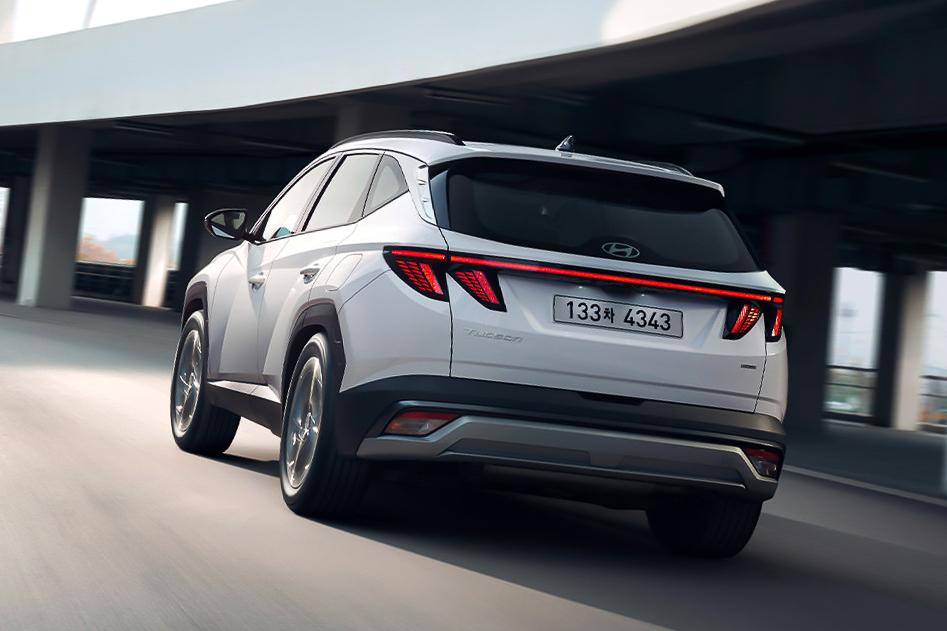
The Tucson is a critical product for Hyundai, not just worldwide but in Australia.
So far in 2023 the mid-size SUV has been the Korean brand’s top-seller in Australia, with 19,834 units registered to the end of November. The i30 Hatch and Sedan range is narrowly behind with 19,579 units year to date.
It’s currently tracking fourth place in the VFACTS Medium SUV sales race, behind the aforementioned RAV4 (27,435 units), Mitsubishi Outlander (22,381 units) and Mazda CX-5 (21,660 units). It leads its supply-constrained twin under the skin, the Kia Sportage (14,201 units).
Stay tuned to CarExpert for all the latest.

MORE: 2024 Hyundai Tucson revealed MORE: Everything Hyundai Tucson
Take advantage of Australia's BIGGEST new car website to find a great deal on a Hyundai Tucson.
James is an automotive journalist based in Melbourne, Australia. Before joining CarExpert.com.au in 2020, James has worked at leading auto media outlets including Carsales and CarAdvice, as well as at Pulse agency for Ford Australia's communications team. In 2019 James made Mumbrella's 'Top 20 most prolific web authors in Australia' list after publishing 1,360 articles between March 1, 2018 and February 28, 2019 for CarAdvice. James is also an Ambassador for Drive Against Depression – an Australian charity whose mission is to support mental wellness through the freedom of driving and a shared love of cars.


Max Davies
1 Month Ago
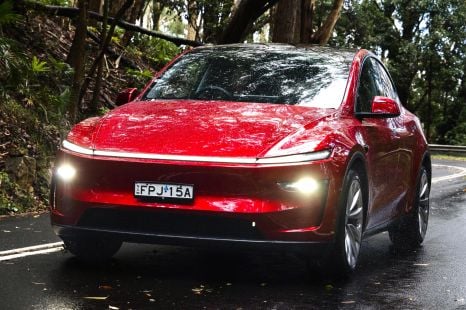

Max Davies
29 Days Ago
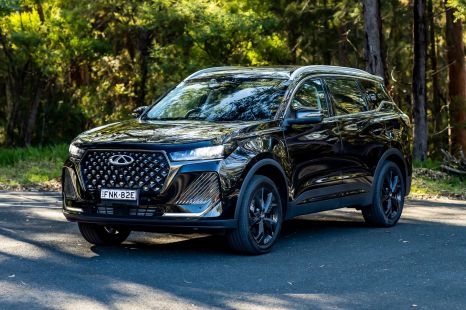

Matt Campbell
16 Days Ago
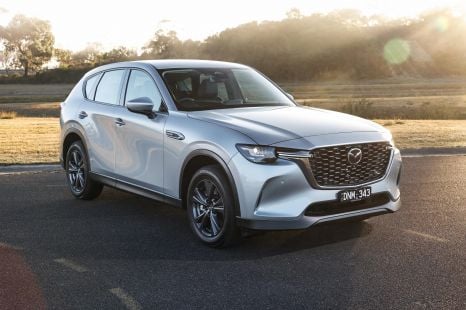

Josh Nevett
11 Days Ago
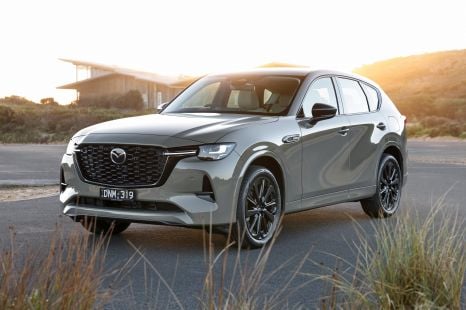

Marton Pettendy
10 Days Ago
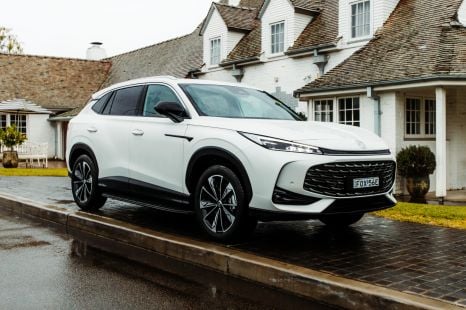

James Wong
9 Days Ago